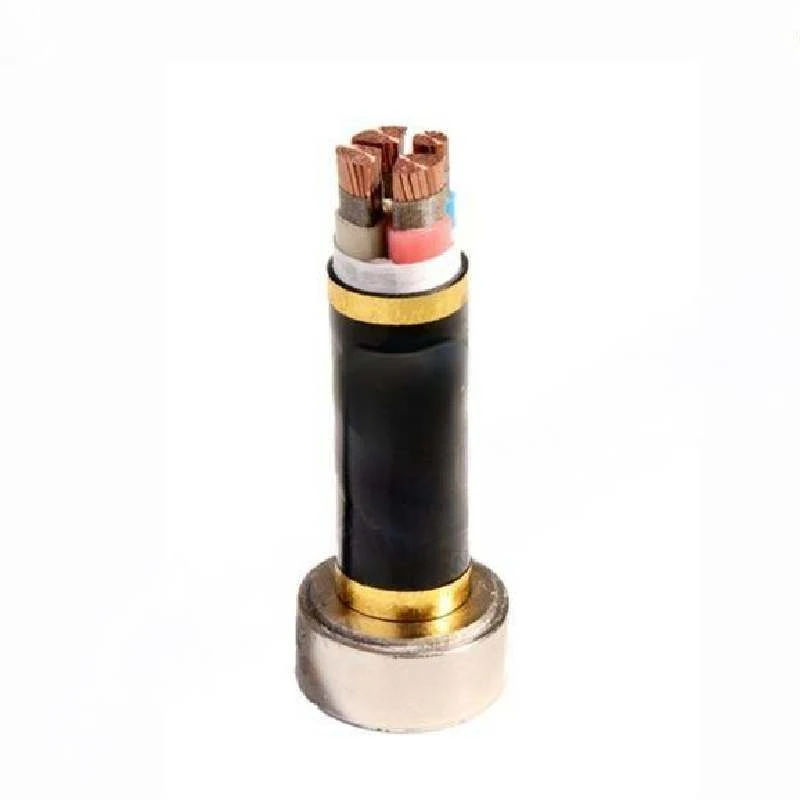നവം . 25, 2024 01:09 Back to list
Understanding Foot Check Valves and Their Applications in Fluid Systems
Understanding Foot Check Valves A Key Component in Fluid Systems
Foot check valves are essential devices in fluid systems, particularly in applications involving water, chemicals, and other liquids. They play a critical role in preventing backflow, ensuring the efficiency and safety of various processes. This article will explore the functionality, design, and applications of foot check valves, emphasizing their significance in fluid mechanics.
What is a Foot Check Valve?
A foot check valve, often referred to simply as a foot valve, is a type of one-way valve that is installed at the bottom of a suction line, typically submerged in fluid. Its primary function is to allow fluid to flow into a pump or system while preventing any backflow when the pump is not operating. This prevents the system from losing its prime, which is crucial for maintaining consistent operational performance.
How Does a Foot Check Valve Work?
The operation of a foot check valve is straightforward
. When fluid enters the valve from the bottom, it pushes the valve disc or ball upwards, allowing it to flow into the pump. Once the fluid flow stops or if the pressure drops, the disc or ball falls back down, sealing the valve and preventing any fluid from flowing back out. This simple mechanism is vital for systems where maintaining pressure and preventing backflow are critical.Design Features
Foot check valves come in various designs and materials, depending on their intended application. Common materials include brass, stainless steel, and plastic, chosen for their durability and compatibility with specific fluids. The design may also include features such as - Strainers Integrated mesh screens help filter out debris, preventing clogging. - Spring Mechanisms Some models utilize springs to enhance the sealing process and improve response times. - Various Sizes Foot check valves are available in a range of sizes to suit different pipe diameters and flow requirements.
foot check valve

Applications of Foot Check Valves
Foot check valves are widely used across various industries. Some common applications include
1. Pumping Systems These valves are essential in residential and commercial water systems, irrigation setups, and industrial pumping operations, ensuring that pumps maintain their prime.
2. Well Water Systems In groundwater extraction systems, foot check valves prevent water from flowing back into the well when pumps are turned off, thus maintaining efficiency.
3. Chemical Process Industries Foot check valves are also utilized in chemical manufacturing processes, where they help prevent backflow that could contaminate the source fluid or chemical mixture.
4. Fire Protection Systems In fire suppression systems, foot check valves are used to ensure that water is readily available from the supply line, preventing backflow that could impact system performance.
Conclusion
In summary, foot check valves play an indispensable role in maintaining the integrity and efficiency of fluid systems. Their ability to prevent backflow not only protects equipment but also ensures the smooth operation of various industrial processes. As technology continues to evolve, the design and application of foot check valves will likely advance, further enhancing their effectiveness in safeguarding fluid systems worldwide. Whether in residential, commercial, or industrial applications, understanding and utilizing foot check valves is crucial for reliable fluid management.
Share
-
Advanced Technology in Wire and Cable FactoryNewsAug.19,2025
-
Applications of Ball Check Valve in Water Treatment PlantsNewsAug.19,2025
-
How Osy Gate Valve Ensures Leak - Tight SealingNewsAug.19,2025
-
Selection Criteria for Wafer Type Butterfly ValveNewsAug.19,2025
-
Threaded Ball Valve Pressure RatingsNewsAug.19,2025
-
Y Strainer PN16 Cost - Effectiveness AnalysisNewsAug.19,2025


